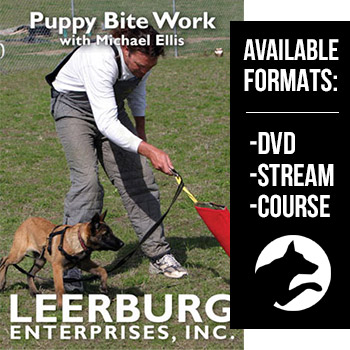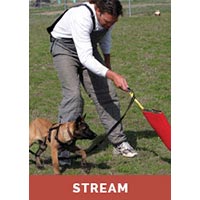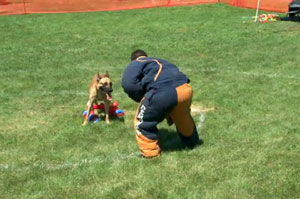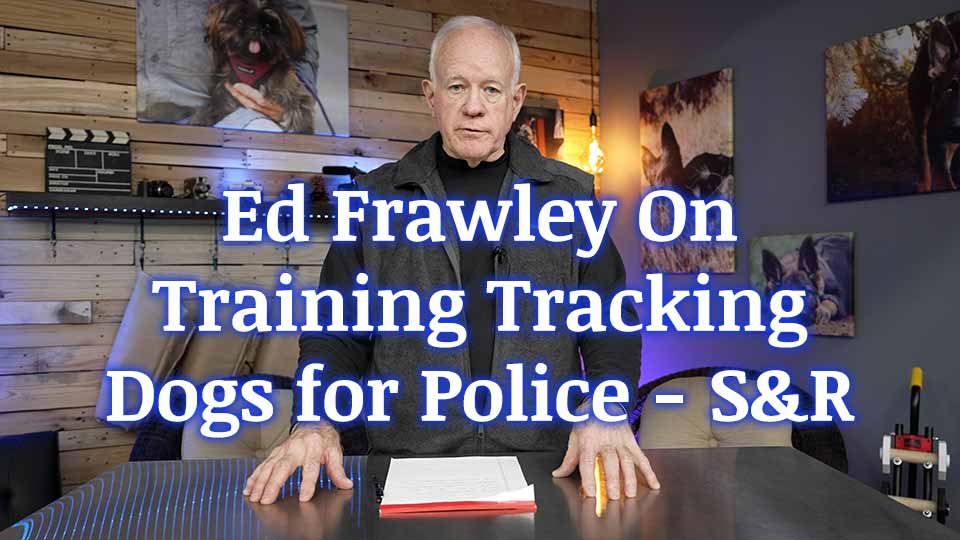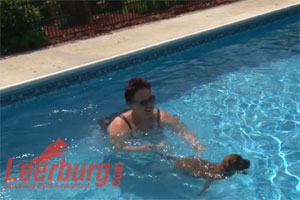Establishing Your Puppy's Baseline
This video was taken directly from The Foundation of Puppy Bite Work with Michael Ellis.
One of the chief factors in determining what the dog does and doesn’t like is the dog’s genetic biting style. Meaning, what the dogs do with their mouth when they’re biting is inherited behavior. We can manage this behavior but we’re not going to change it too much.
Under stress dogs tend to do what they want to do genetically when it comes to how they use their mouth. We want to be able to tell what they like to do with their mouth so we can tell if we’re reinforcing them or stressing them through your own behavior.
Pusher or driver:
From breed to breed and bloodline to bloodline this is going to be very different. To determine this I break it down into basics. One of the basics is a “pusher or driver” where when the dog is happy they continue to push forward even though their mouth is already full. There are a couple different grippers where one type will grip and push forward barely opening their mouth while the other is almost in slow motion where they grip and then open their mouth wide and push in to grip again.
Pullers:
Dogs that’re very prey motivated and possessive frequently like to pull; partially as a genetic style and partially as a learned behavior. They’ve learned if they pull on the object that they can pull it away from you and get it to keep it.
Clampers:
These dogs clamp down with as much of their mouth as they go on and then they stay there. If I have a dog like this and I want to encourage him to push in, I’ll frequently make his grip worse in an attempt to make the dog bite in a way that he doesn’t want to bite.
Shakers and Chompers:
Other dogs shake their heads, where they shake or thrash as they’re biting. Others chomp, where they move their mouth a lot. Most biting sports we don’t want a dog that moves its mouth a lot. If you try to take a dog that likes to chomp and try to make him clamp, you can create stress for this dog. Not all dogs are one or the other, some fall in between. Early sessions of bitework should show you what the dog does naturally though.
Comments
Recommended Products
